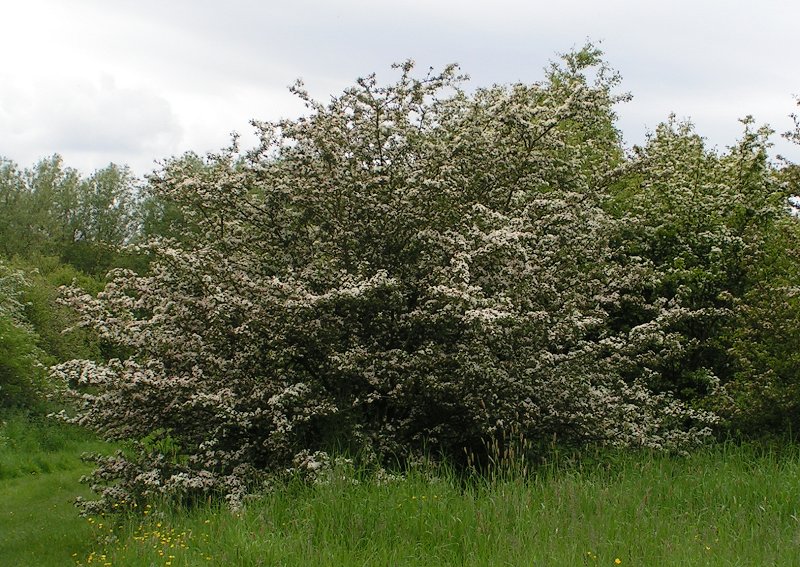[1] British Herbal Pharmacopoeia 1983 Published by the British Herbal Medicine
Association ISBN 0 903032 07 4.
[2] Herbal Materia Medica Course Notes For Diploma of Naturopathy and Diploma
of Herbalism Students by Lydia Mottram.
[3] Potter's New Cyclopaedia of Botanical Drugs and Preparations R.C. Wren
Revised by Elizabeth M. Williamson and Fred J Evans. First published in Great
Britain in 1988 and reprinted in 1989 and 1994 by the C. W. Daniel Company Limited.
1 Church Path, Saffron Walden Essex. Published 1988 Printed and bound by Biddles,
Guildford ISBN 085207 1973.
[4] The Pharmaceutical Plant Company Pty Ltd
ppcherbs.com.au
Images
[1]
en.wikipedia.org
by
Sannse, Highwoods
Country Park, Colchester, 25 May 2004. Creative Commons Attribution-Share Alike
3.0 Unported
[2]
oshalafarm.com
[3]
sgln.net.au
Glycosides; Flavonoids.
Alkaloid; Crataegin.
Various acids including ascorbic acid.[4,5]
Tannins.[4,5] Saponins
Flowers: Amines- phenethylamine, o-methoxyphenthylamine and
tyramine.[1]
Flowers, leaves and buds: Flavonoids- vitexin-4-rhamnoside,
quercetin and quercetin-3-galactoside. Phenolic acids including chlorogenic,
2-phenylchromone derivatives.[2]
Phenolic acid including chlorogenic, 2-phenylchromone derivatives.[3]
Research
[1] Wagner, H. and Grevel, J. (1982) Planta Med. 45, 98
[2] Ficarra, R. et al. (1984) Farm. Ed. Prrat. 39 (5) 14
[3] Ficarra, P. et al. (1984) Farm. Ed. Prat. 39 (10) 342
[4] Drogenkunde, 8th Ed. Heinz, A., Hoppe. Pub. W. de Gruyter (1975) Berlin
[5] British Herbal Pharmacopoeia Pub. British Herbal Medicine Association
(1983) UK
 Crataegus
oxyacanthoides, C. monogyna.
Hawthorn,
Whitehorn Family Rosaceae.
Crataegus
oxyacanthoides, C. monogyna.
Hawthorn,
Whitehorn Family Rosaceae.

